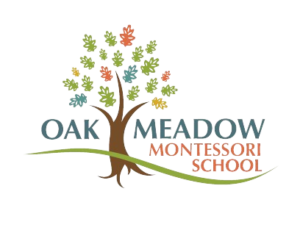Growing up with math as a natural part of life
The early elementary students watched with wide eyes, transfixed by a large, concealed object at the front the classroom. They waited with anticipation and excitement. Their teacher had saved the most impactful surprise for last. The uncovering of this final object would illustrate what the number 1,000,000 (one million) really looks like in clear, concrete, practical terms. As soon as the

The relative difference between 100,000 and 1 million
object was revealed, the students let out a collective gasp and jumped with glee. The final object was a concrete and relative demonstration of one million, compared to 100, compared to 1000, compared to 10,000, etc. All of this began several minutes earlier, when the teacher started with one small cube the size of a thimble. Then, object by object the teacher revealed the next larger object, ten times larger than the previous object. The object with ten-thousand units looked like a long-rectangular table leg. One-hundred-thousand units looked like ten table legs attached together, resembling an entire table top. One million units looked like a toy chest.
If you have any doubt about how a student in the lower elementary grades can have any real understanding of a number like one million, I wish you could have been with me in that classroom. As the teacher uncovered each object, she asked the students how the new object related to the previous object. Every student in the classroom was eager to answer this query, because it made complete sense to all of them. This is part of the unique approach of a Montessori school in helping even the youngest children train their own mathematical mind, spending time every day using a variety of hands-on learning materials to build structures, solve physical puzzles, and then later, apply this understanding to much more abstract addition and subtraction problems on paper.

Four-digit math in Children’s House
Many parents at Oak Meadow realize that children at this school grasp math concepts with more depth and understanding than is possible in traditional schools. How that happens is based on the Montessori philosophy of starting with the concrete first before moving to the abstract. As an educator, I am also very cognizant of why this approach to math is so important to students during their school years. Students at Oak Meadow grow up in an environment where using numbers and math are such a normal and natural part of their physical world and reality. Numbers are applied in ways that are fun, creative, and challenging, and most importantly, with an actual physical outcome or product. Numbers are seen as a natural part of the physical world.
If we are going to change the trajectory of American education, and raise a new generation of students who can use science and math to advance humanity, then this must begin by helping children at the youngest age to see numbers and math as something completely relevant and natural in their current experience.





